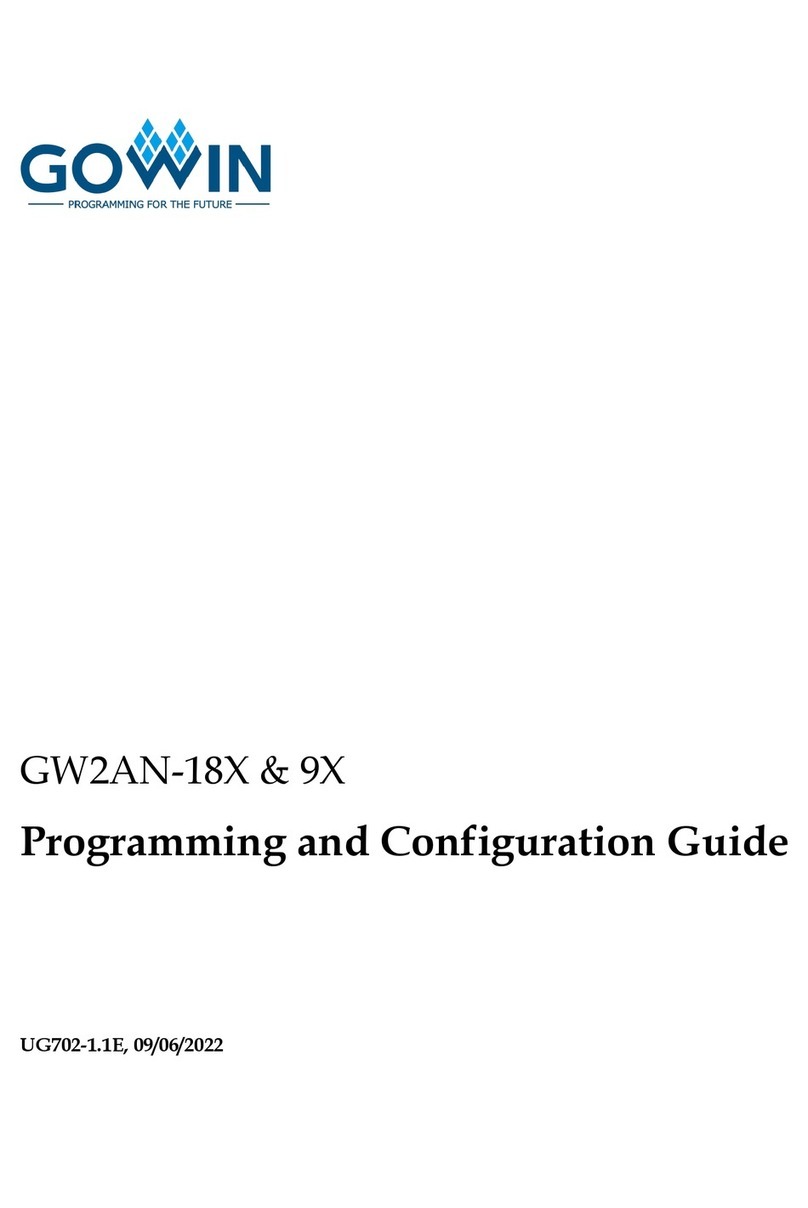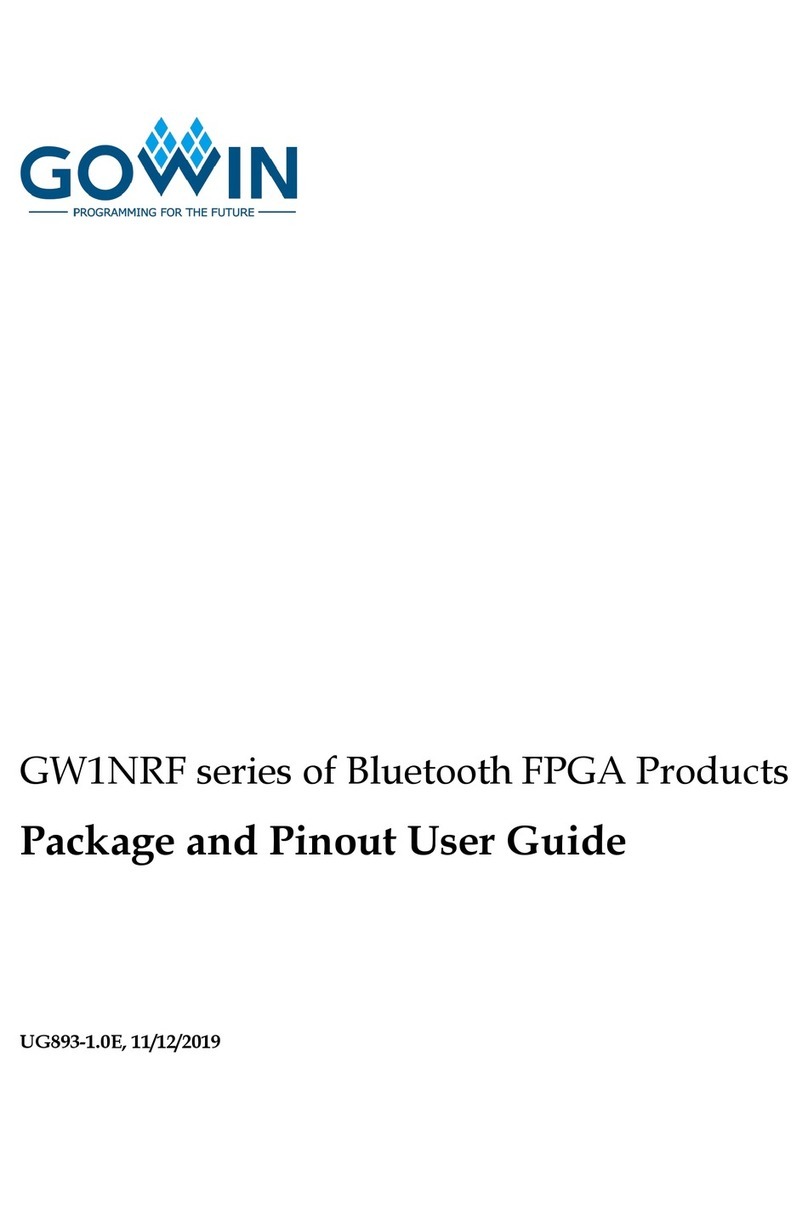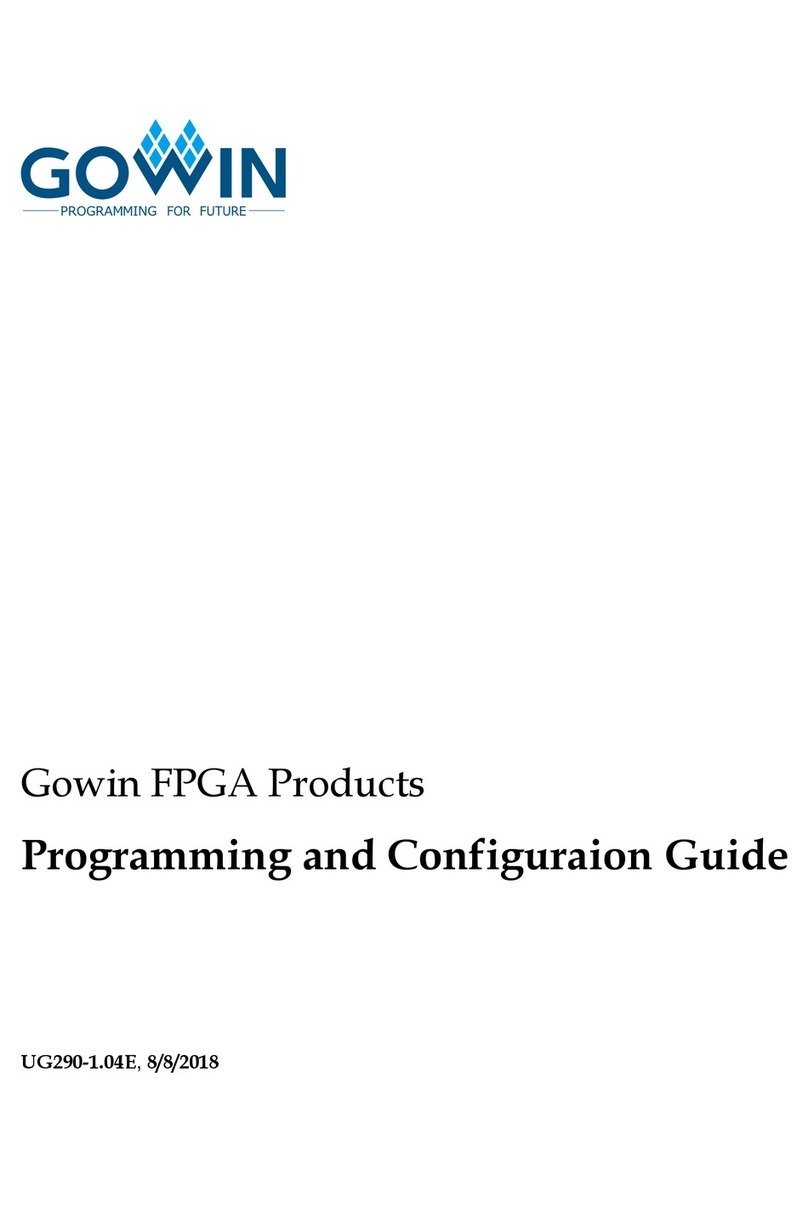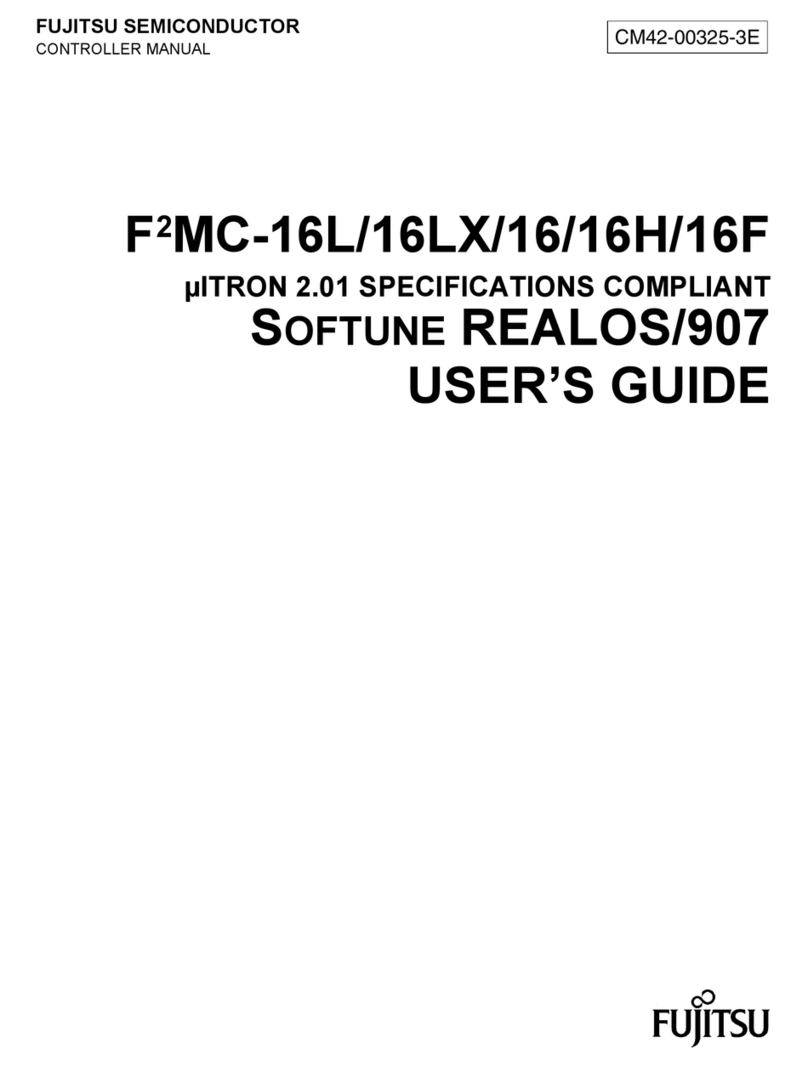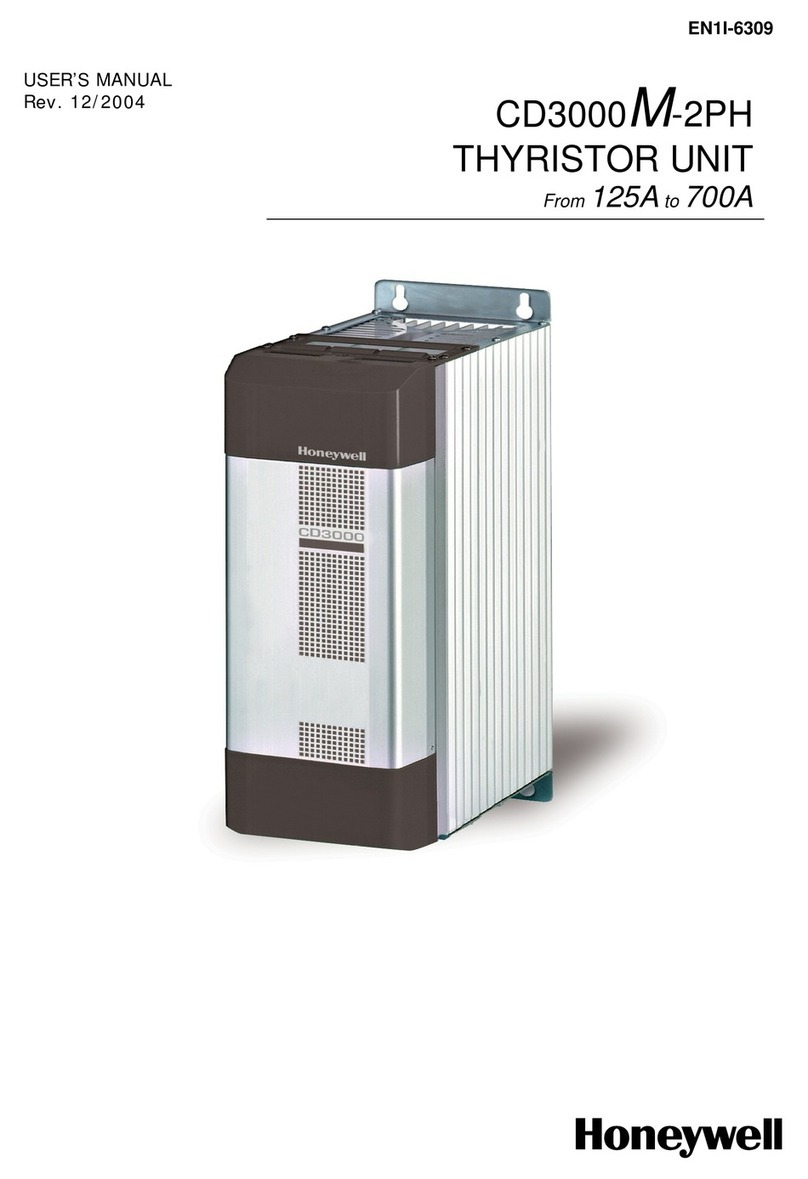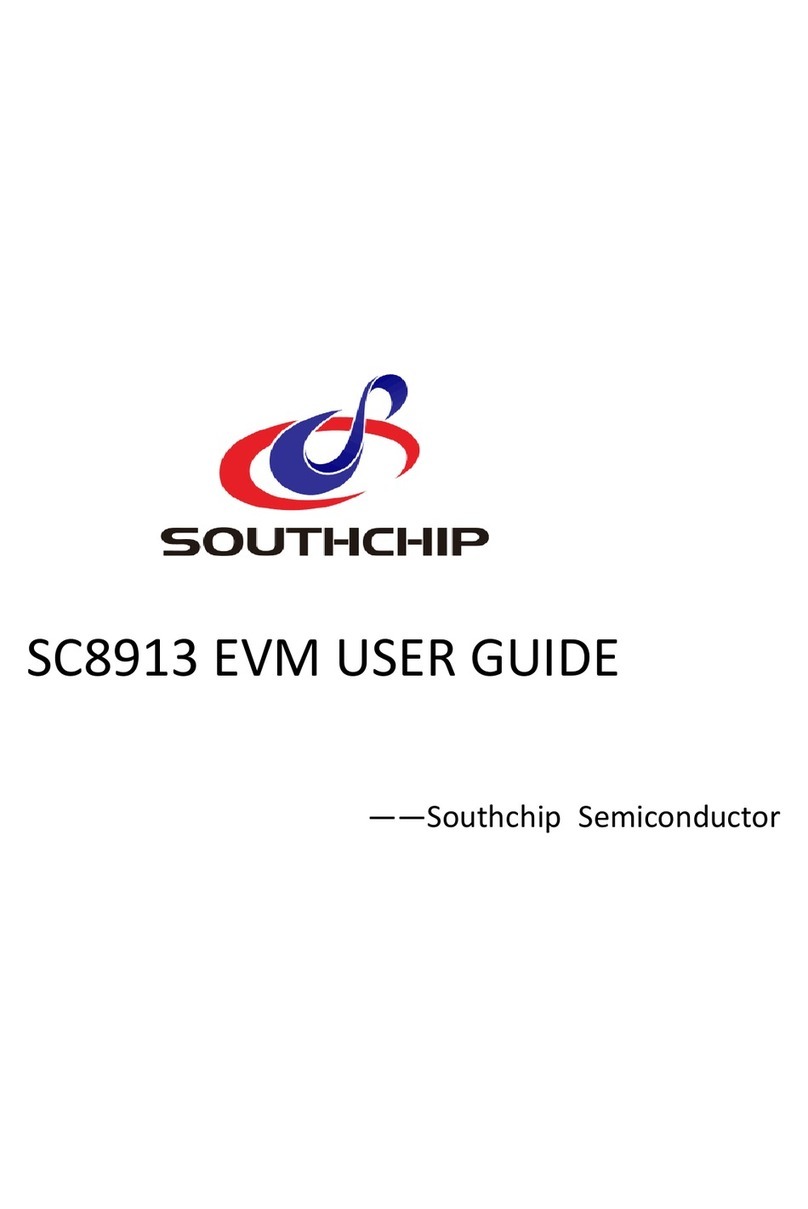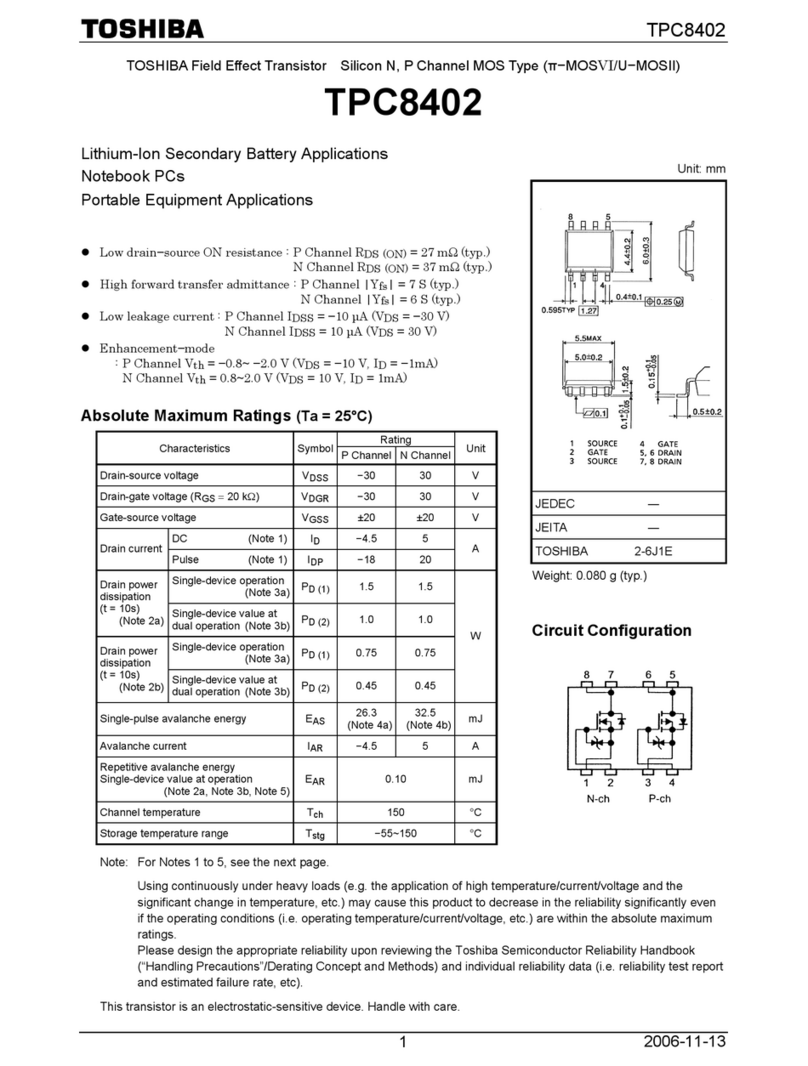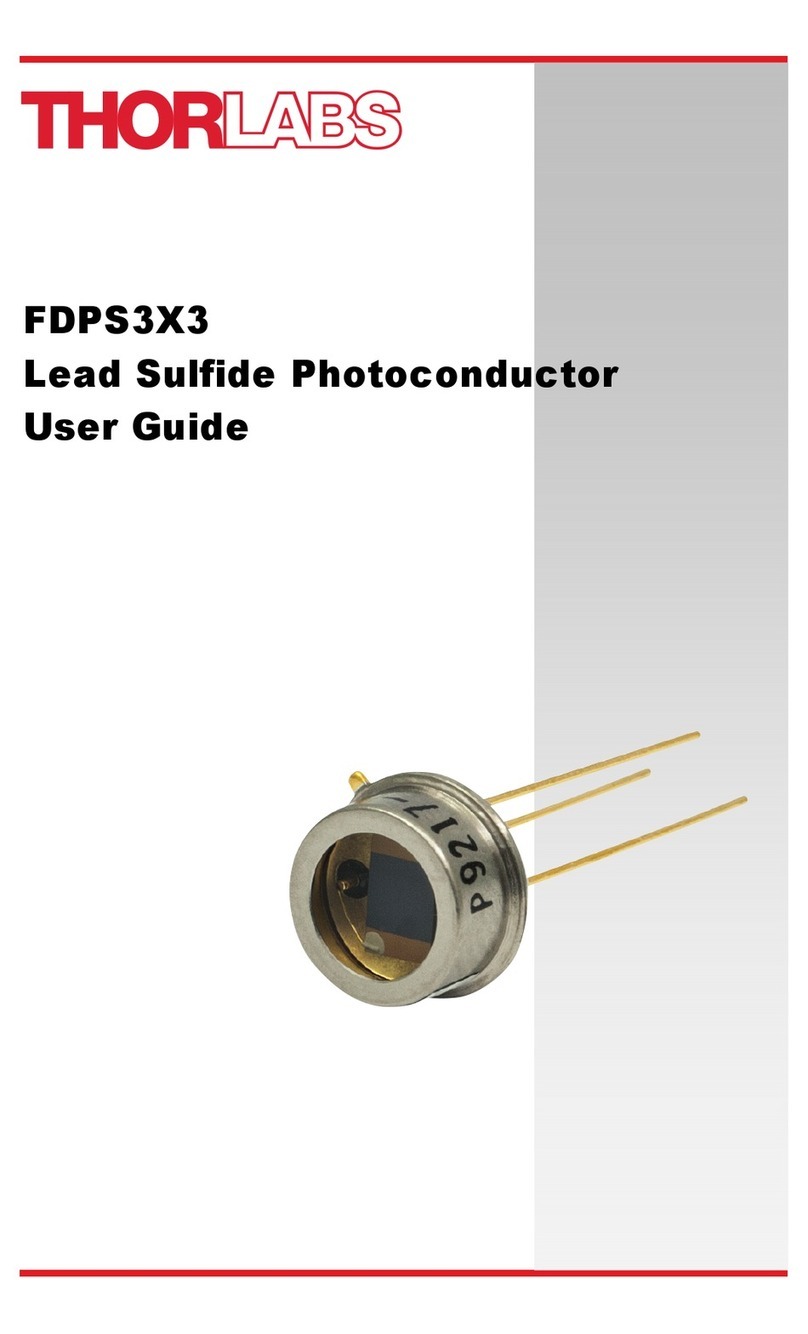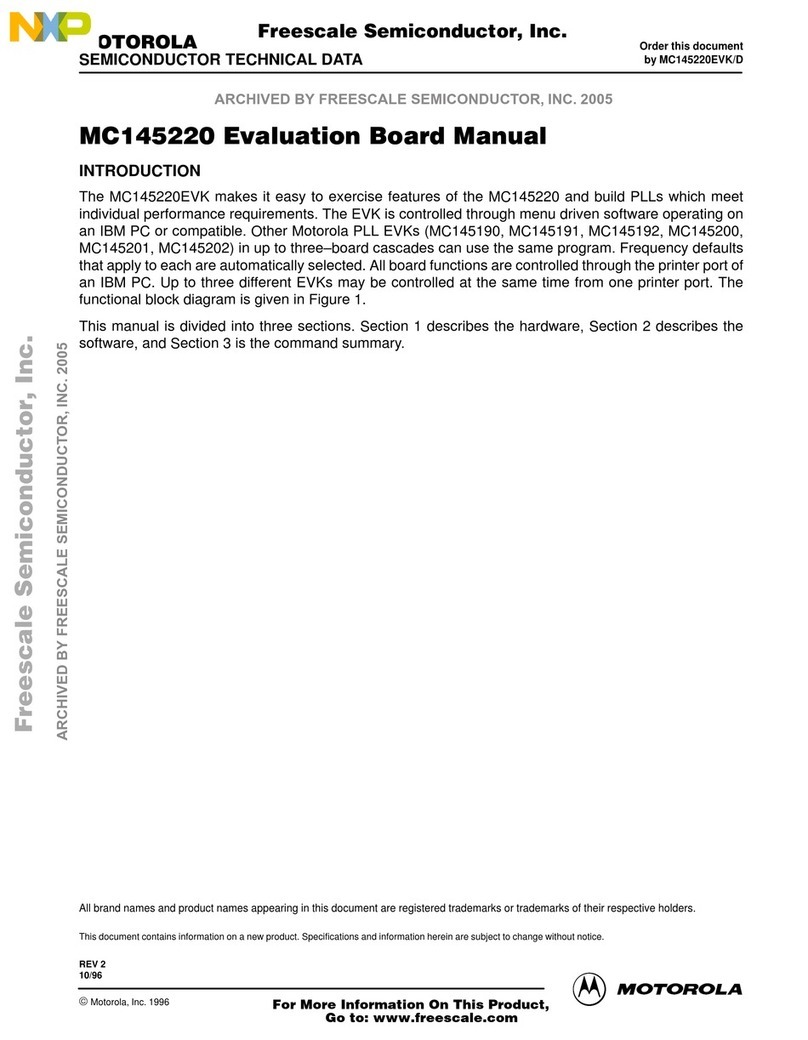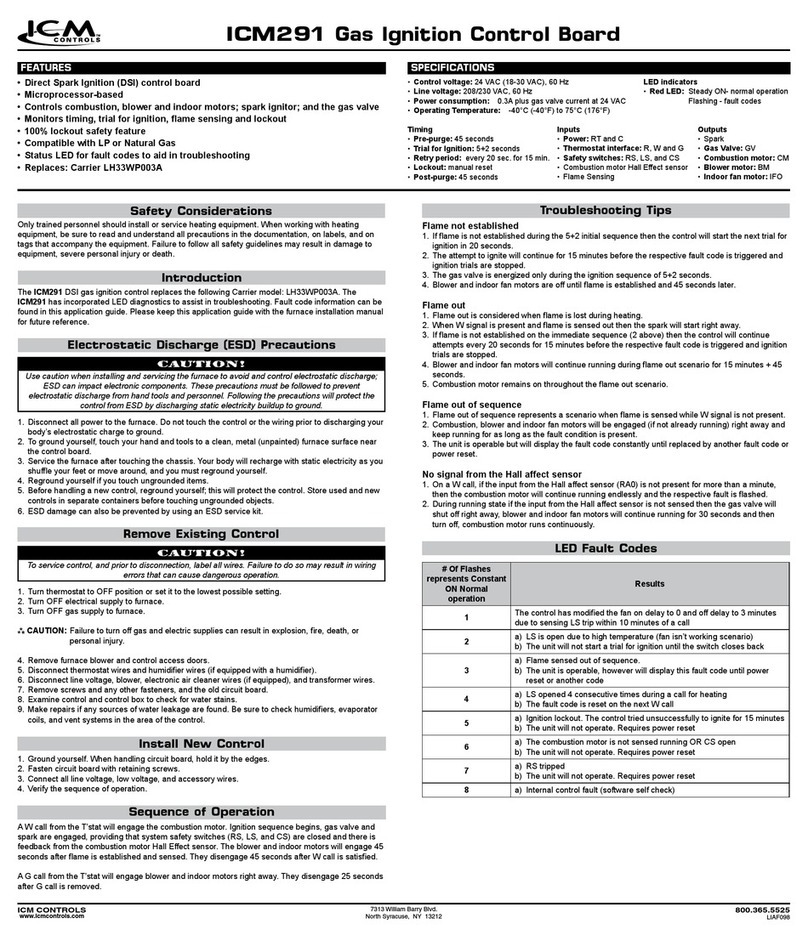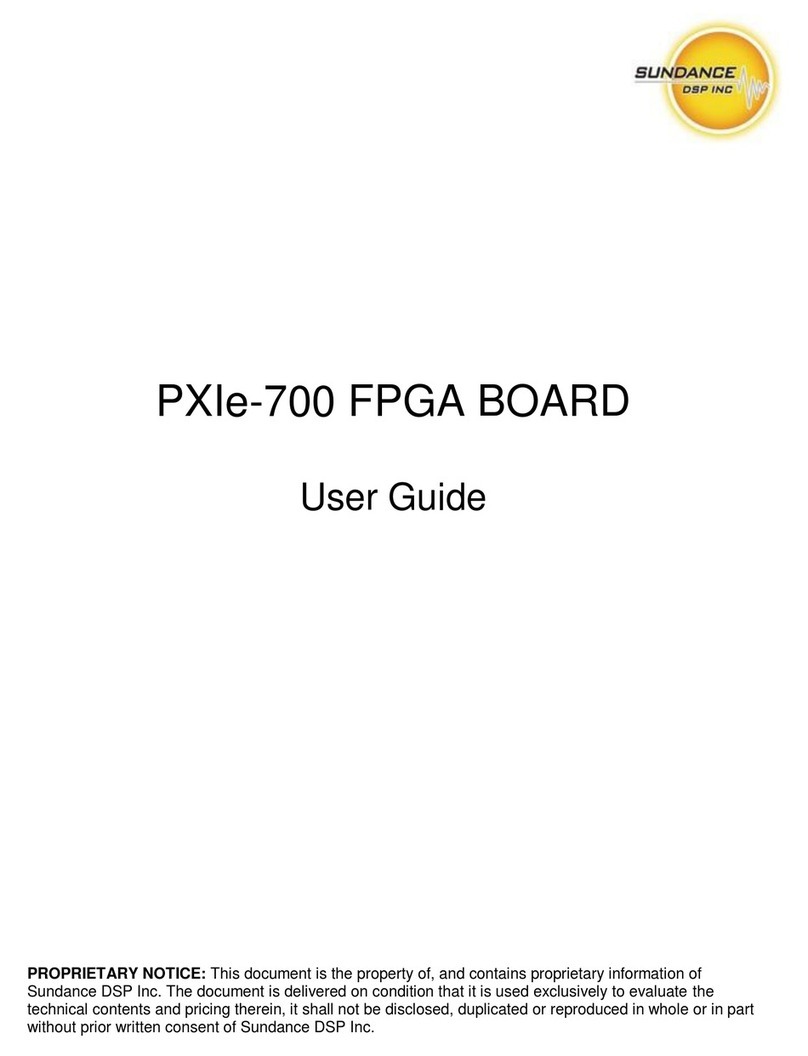Figure 6-29 Timing Diagram of Sending 0x06 via GW1N series JTAG Simulating SPI ....................52
Figure 6-30 Process of Use Boundary Scan Mode To Program SPI Flash.......................................53
Figure 6-31 Connection Diagram of Daisy-Chain.............................................................................. 55
Figure 6-32 SSPI Configuration Timing ............................................................................................. 58
Figure 6-33 Read ID Code Timing ..................................................................................................... 59
Figure 6-34 Write Enable (0x15) Timing ............................................................................................60
Figure 6-35 Write Disable(0x3A00) Timing........................................................................................ 60
Figure 6-36 Write Data (0x3B) Timing ............................................................................................... 61
Figure 6-37 SSPI Configuration Mode Connection Diagram..................................................................62
Figure 6-38 Connection Diagram of Programming External Flash via SSPI..................................... 62
Figure 6-39 The Flow of Programming External Flash via SSPI .......................................................63
Figure 6-40 Multiple FPGA Connection Diagram 1............................................................................ 63
Figure 6-41 Multiple FPGA Connection Diagram 2............................................................................ 63
Figure 6-42 Connection Diagram for MSPI Configuration Mode........................................................ 66
Figure 6-43 Connection Diagram of JTAG Programming External Flash.......................................... 66
Figure 6-44 Example of Bitstream Image Distribution in Flash Memory ........................................... 68
Figure 6-45 Input the Start address for the Next Bitstream................................................................ 69
Figure 6-46 Set the Programming Address for the External Flash ....................................................70
Figure 6-47 Connection Diagram for Configuring Multiple FPGAs via Single Flash.......................... 71
Figure 6-48 MSPI Download Timing ..................................................................................................71
Figure 6-49 Multiple FPGA Connection Diagram in MSPI Configuration Mode.................................72
Figure 6-50 Dual Boot Flow Chart .....................................................................................................73
Figure 6-51 Connection Diagram for CPU Mode...............................................................................75
Figure 6-52 CPU Mode Configuration Timing....................................................................................75
Figure 6-53 Connection Diagram for SERIAL Mode..........................................................................76
Figure 6-54 SERIAL Configuration Timing.........................................................................................76
Figure 6-55 Connection Diagram for I2C Mode ................................................................................. 78
Figure 6-56 I2C Mode Timing .............................................................................................................78
Figure 6-57 Process of GW1N-2 Configuring or Programming SRAM/Flash.................................... 80
Figure 7-1 Configuration Options....................................................................................................... 82
Figure 7-2 Encryption Key Setting Method........................................................................................83
Figure 7-3 Setting the Decryption Key............................................................................................... 84
Figure 7-4 AES Security Configure.................................................................................................... 85
Figure 7-5 Prepare.............................................................................................................................86
Figure 7-6 Read AES Key Flow ......................................................................................................... 87
Figure 7-7 Program AES Key Flow.................................................................................................... 88
Figure 7-8 Lock AES Key Flow .......................................................................................................... 89
Figure 7-9 Bitstream Format generation............................................................................................90
Figure 9-1 Boundary Scan Operation Schematic Diagram ............................................................... 97
